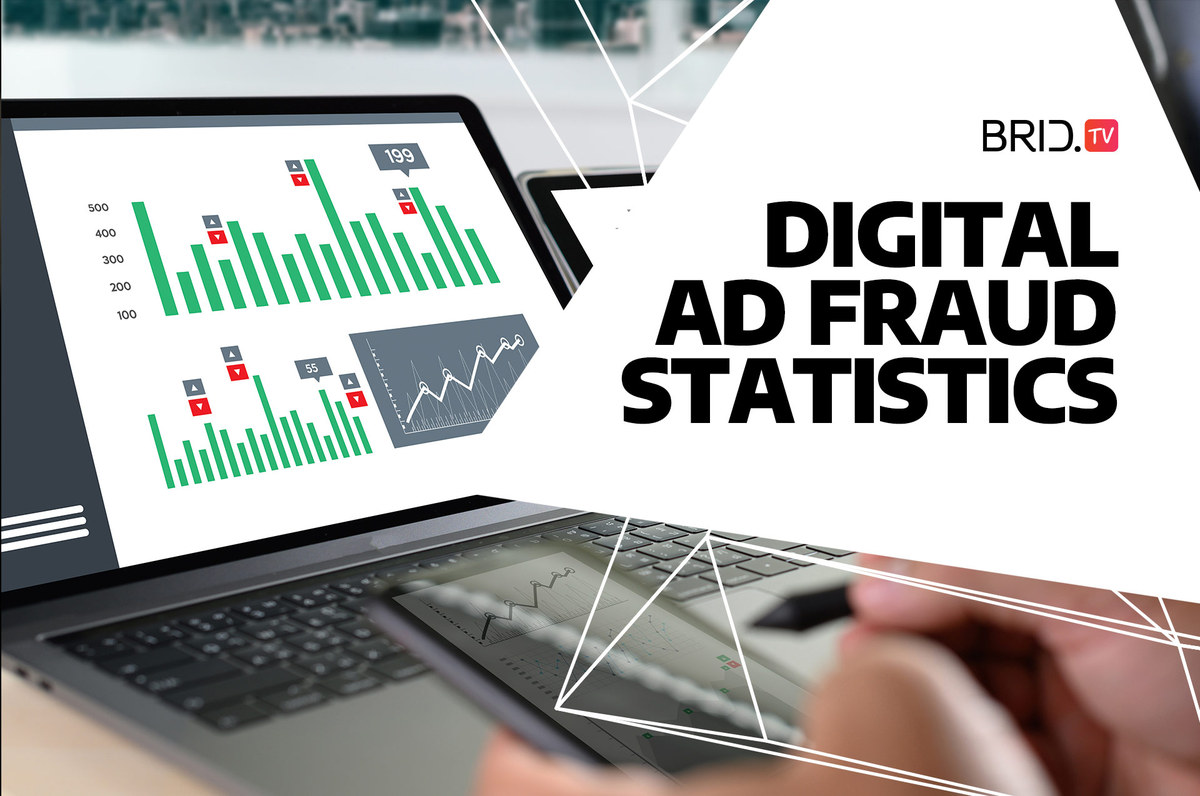The online advertising industry can be lucrative for brands, publishers, and advertisers. In fact, the digital advertising market reached a value of $200.3 billion in 2018. Experts say that the industry is likely to grow in the upcoming years. This will be a direct result of the fact that brands are turning their back on traditional advertising and deciding to promote their business on the internet instead.
However, working in the advertising field is not all roses. But as a publisher or advertiser you are already more than aware of this. There are many challenges you need to overcome to reach your target audience. For instance, you have to find a way to combat banner blindness that makes customers ignore online ads.
Nevertheless, companies seem to overwhelmingly favor this advertising type. Indeed, Statista reports that global digital ad spending will amount to over 240 billion in 2020. However, there is one thing that might prevent some businesses from investing in it — digital ad fraud.
As you probably know, programmatic advertising scams have become a serious problem in the industry. Each year, publishers end up losing a considerable portion of their revenue because of programmatic ad fraud. Luckily, there are ways for you to protect your earnings with Brid.TV.
As fraudulent activities are present in the industry, we’ve decided to compile a list of ad fraud statistics to see their effects.
Let’s go over these numbers below!
Key Ad Fraud Statistics
78% of brand marketers cite ad fraud and bot traffic as their top concern.
According to numerous sources, ad fraud is the number one problem for many (if not all) marketers. As scams are increasing, they need to closely investigate the quality of the publisher traffic while planning a campaign. However, an industry-wide effort is required to control fraud. We will closely monitor all trends pertaining to this burning issue.
- 37% of marketers say they are willing to pay for valid human traffic. (Invesp)
- 25% of publishers do not have any means to detect non-human traffic. (Invesp)
- Over 75% of clicks on the 300×600 ad units are fraudulent. (Pixalate)
- More than 50% of online ads are not seen by humans. (Adage)
- Only 8% of impressions have a chance to be seen. (Moz)
- Mobile ad fraud affects 90% of individual campaigns. (Interceptd)
Losses Due to Ad Fraud
Marketers and publishers have been trying to limit the effects of ad fraud on their business for years now. However, some of them have not been able to protect their revenue from bot traffic. With the increase in digital buying and selling, it doesn’t come as a surprise that the global ad fraud figures have also gone up. Let’s take a look.
- Ad fraud takes $1 for every $3 brands spend on digital ads. (Adage)
- Companies lost $5.8 billion due to ad fraud. (Adage)
- It is expected that ad fraud will cost the industry $32 billion by 2022. (CHEQ)
- Fraudulent activity cost digital advertisers $39 million per day in 2017. (Business of Apps)
- China has the highest amount of ad fraud. The industry will lose $19 billion because of this activity in 2022. (Business of Apps)
- The UK lost over $1 billion to ad fraud in 2018. (eMarketer)
Find out more about ad fraud and its techniques here.
Bots Affecting the Industry
Scammers rely on bots to con systems into thinking that a real customer is visiting the webpage and interacting with its ads. These software programs are able to generate ad impressions sold through programmatic ad exchanges. As a result, marketers believe that humans saw their digital ads. It is only later that they realize they didn’t earn revenue because of invalid traffic.
- Bots account for 56% of overall internet traffic. (Invesp)
- Programmatic video ads attracted 73% more bots than the average. (Invesp)
- Bot fraud affected 37% of online ads. (Invesp)
- Fraud bots visit 1 in 5 ad-serving websites. (The Verge)
- Ads with a cost per thousand impressions higher than $10 have 39% more bot fraud than lower-valued ad inventory. (PPC Protect)
- The financial industry is the most affected by digital ad fraud. Over 22% of traffic is fake. (Business of Apps)
Botnets
Over the years, scammers have started to rely on a more advanced technology to generate artificial impressions on a targeted website for profit. Typically, they use botnets to harm the industry even more. A botnet refers to a wide range of connected devices that run one or more bots. Because of this, it is able to perform automated tasks that cost publishers and advertisers their revenue. The number of botnets is increasing and some of them have managed to seriously damage the industry.
- The botnet “Chameleon” earned $6 million per month by falsely viewing billions of pages on around 200 websites. (The Guardian)
- “Chameleon” relied on more than 120,000 host machines to generate fake traffic. (The Guardian)
- Russian botnet “Methbot” stole $180 million in online ads, managing to cost publishers as much as $3-5 million a day. (White Ops)
- “Methbot” generated 200-300 million non-human ad impressions every day. (White Ops)
- The “Methbot” operation used a network of 571,904 unique IP addresses. (White Ops)
- The botnet “3ve” cost publishers $29 million. (Google)
- “3ve” generated 3 billion and 12 billion ad bid requests. (Google)
Want to find out more about the schemes that harmed the industry? Click here.
If these ad fraud statistics made you realize you should protect yourself from fraudulent activities, Brid.TV can help you! Detect and protect your business from ad fraud as early as today!

